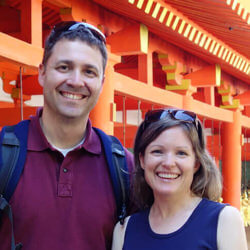What Are Jizo Statues?
Jizo Bosatsu, also known as Ojizo-sama, is a revered figure in Japanese Buddhism who is believed to protect and guide the souls of the deceased, particularly children.
CONTENTS
What are Jizo Statues?
One of the most common questions we’re asked while on tour is, What are these statues with the red bibs and hats? As you wander through Japan’s temples and shrines, chances are you’ll encounter these statues.
Jizo statues stacked at Okunoin cemetery in Mt. Koya
A Brief History of Jizo Bosatsu
The origins of Jizo Bosatsu can be traced back to the 6th century, when the concept of this compassionate guardian was introduced from China.
Originally known as Ksitigarbha in Sanskrit, Jizo is revered as the Bodhisattva of the Earth Treasury. According to Buddhist tradition, he vowed to postpone his enlightenment until he had relieved all beings from suffering.
Pilgrims left offerings for these Jizo statues
Today, Jizo Bosatsu remains a beloved and widely revered figure in Japan.
The Practice of Praying to Jizo Bosatsu
In Japan, the act of praying to Jizo Bosatsu statues holds deep cultural and spiritual significance. This Bodhisattva, or enlightened being, is often depicted as a monk-like figure wearing a red bib and hat, making him distinctive and recognizable throughout Japan.
Large Jizo statue at Zenkoji in Nagano, Japan
In addition to his role as a guardian of children, Jizo Bosatsu is also believed to assist travelers, pregnant women, and those facing other challenges in life.
Jizo statues outside a cemetery in Inuyama, Japan
The practice of praying to Jizo Bosatsu is deeply ingrained in Japanese culture and is a reflection of the country’s respect for the welfare of others. Whether seeking protection for their children or safety on a journey, Japanese people turn to Jizo Bosatsu as a source of both comfort and guidance.
Want a Unique Japan Trip?
Discover Japan planning secrets with our best-selling Itinerary Planning Course. Or inquire about our exclusive Small Group Tours.


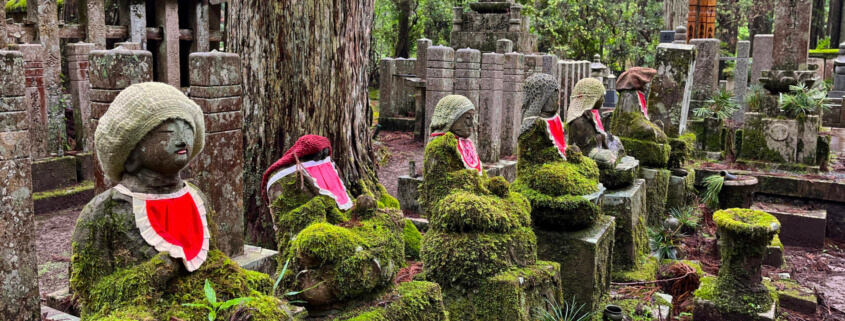 ©JAPANandmore.com
©JAPANandmore.com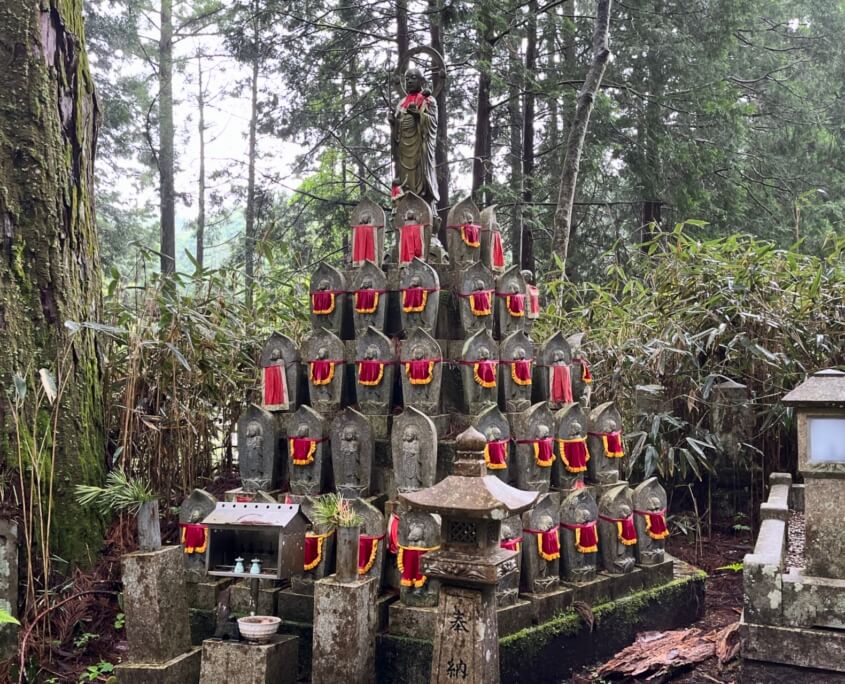
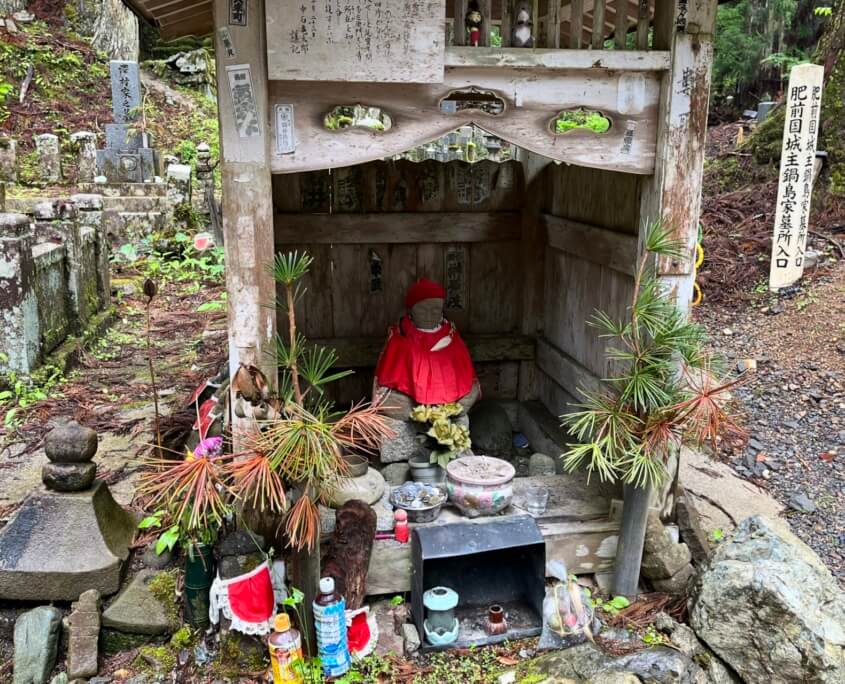
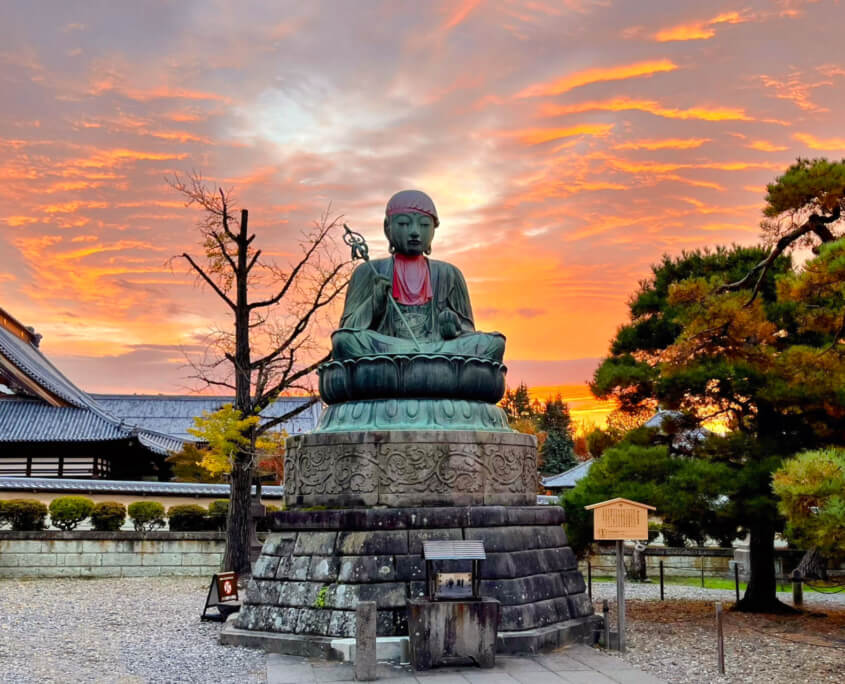
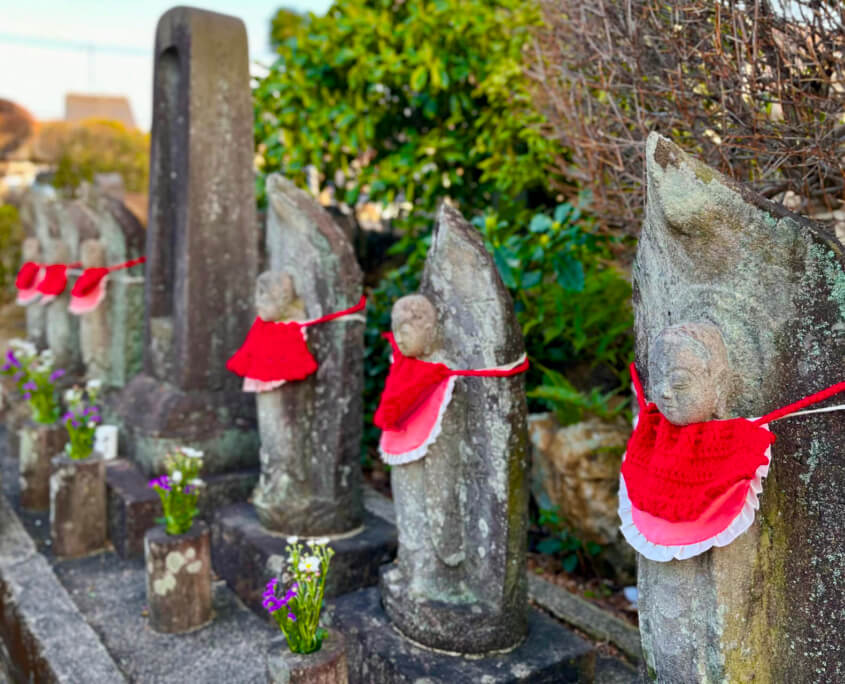
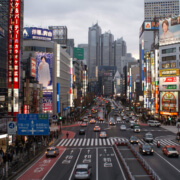 ©Pixabay
©Pixabay 
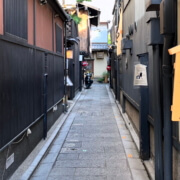 ©JAPANanmore.com
©JAPANanmore.com  ©JAPANandmore.com
©JAPANandmore.com 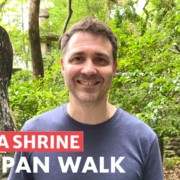 @JAPANandmore
@JAPANandmore  ©JAPAN and more
©JAPAN and more 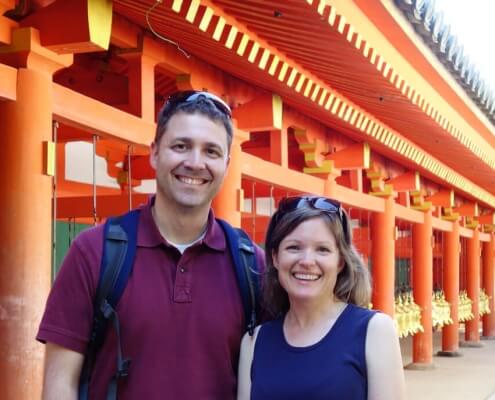




 ©JAPANandMore.com
©JAPANandMore.com
